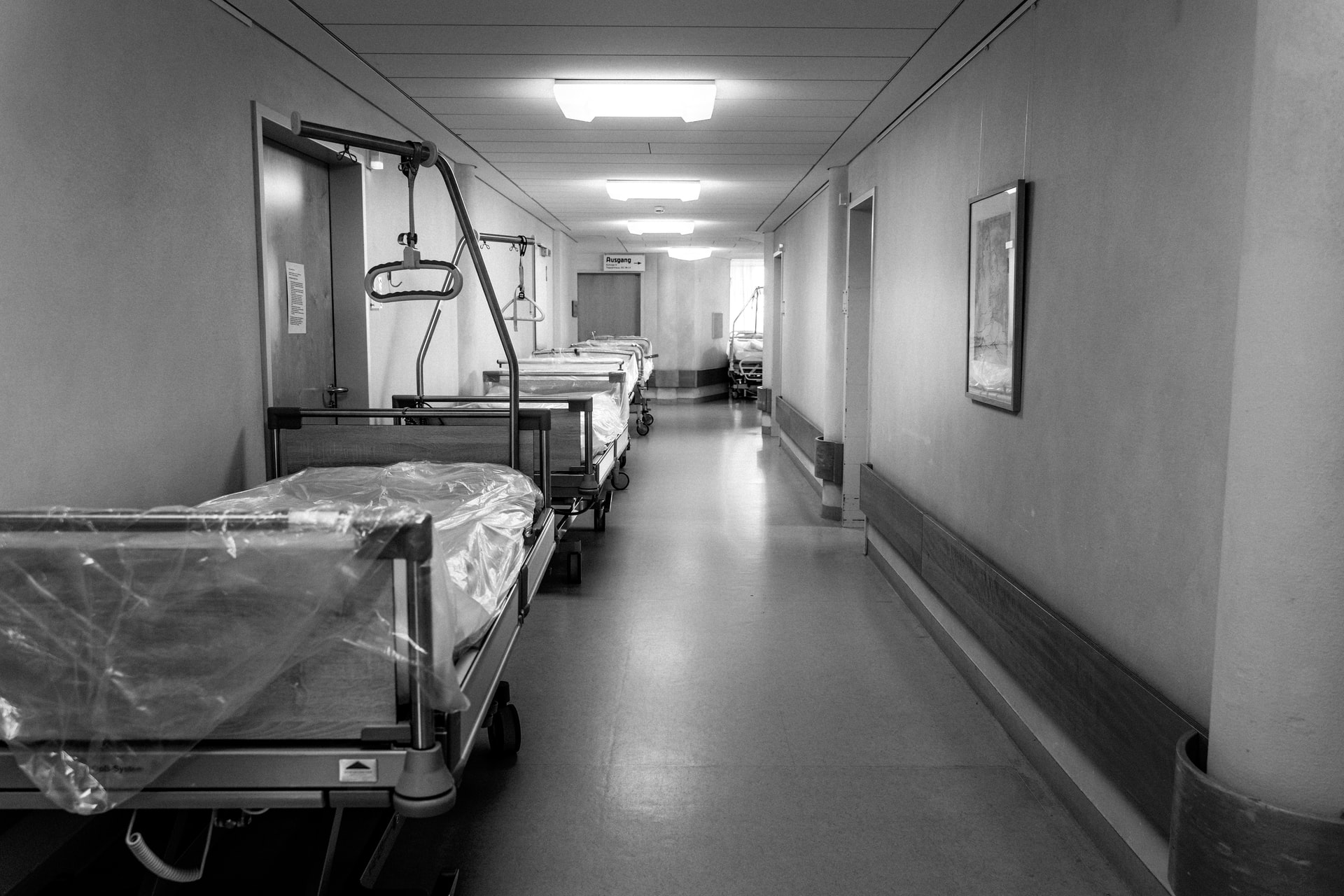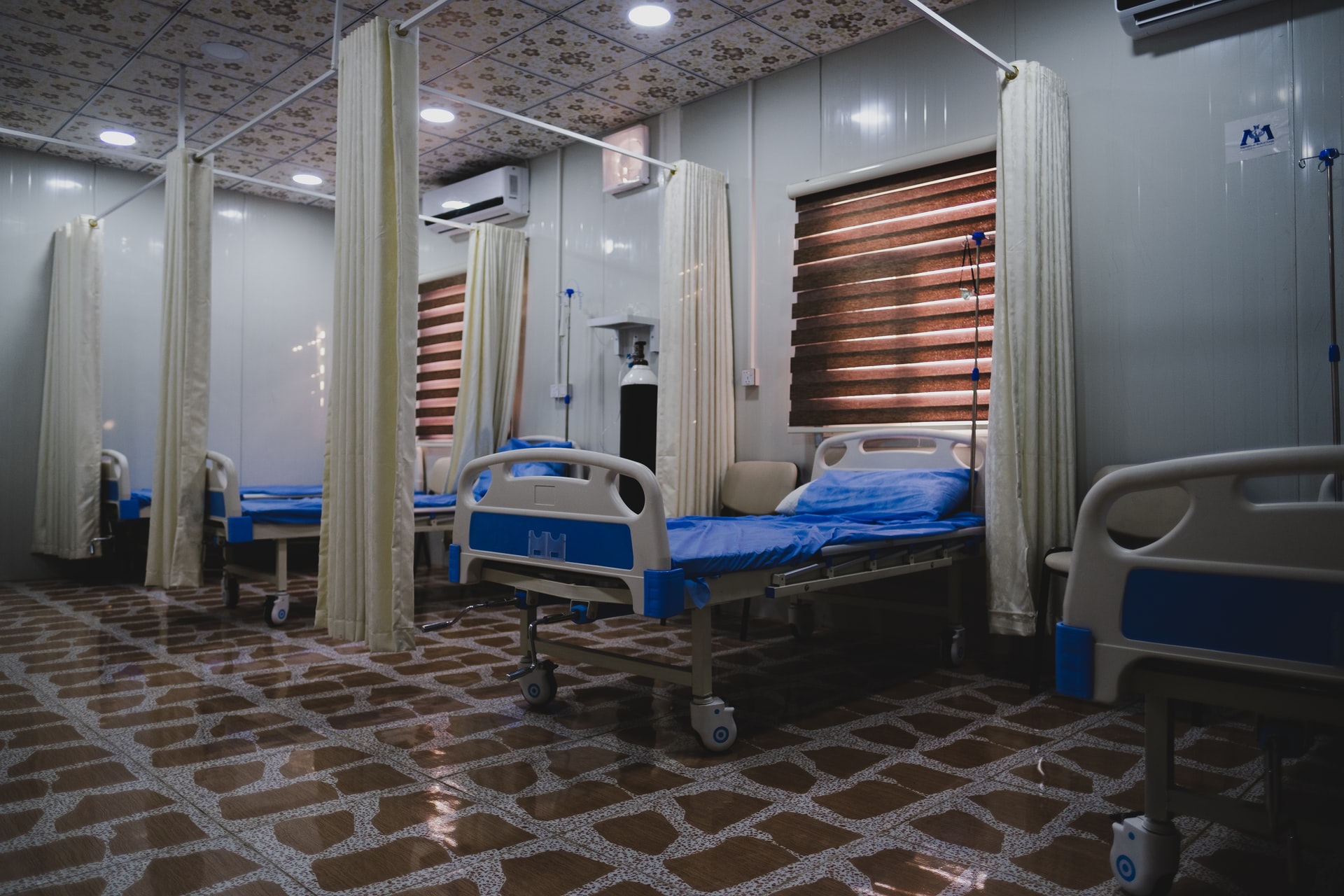
The Indian medical landscape has been through a lot. Nearly all aspects of the medical industry have been tested thoroughly, time and over again. Hardly anyone in any of the medical facilities, establishments, or hospitals all over the country hasn’t got a bone to pick with the virus.
And it’s only natural to feel overwhelmed.
The current paradigm
Supply systems are strained, the workforce is ever-dwindling, and on top of it all, caring for patients is becoming increasingly difficult with the new variants and symbiotic diseases that the deadly coronavirus strain brings with itself.
Doctors, nurses, and health workers across Indian hospitals and wards have effectively resorted to being an overworked, tired, sleep-deprived, and double-masked army of frontline soldiers.
It’s not ideal. Given the current health infrastructure, and not just in India, it’s also nothing out of the ordinary.
Looking to the future

There’s a lot of chatter around the key topic of how do we better equip ourselves in the future? How do we combat another pandemic outbreak when it happens?
However, as common sense would dictate, that’s not the most pressing of issues right now.
Of course, we’re likely going to react faster to another modern pandemic that’s virus-borne and similarly contagious. But anything else and we might find ourselves succumb to the sheer pressure, logistical incapability, and a weak infrastructure.
History sure has a tendency to repeat itself. Shortly after the world recovered from the Spanish Flu in the past – the leaders of the health and pharmeceuticals industries collectively sang praises of the various advancements and innovations that were forced about by the technology of the time.
However, all of that was largely ineffective during the COVID-19 pandemic. In many ways, we started right from the scratch. No preparation, no protocol, no systematic response, and worst of all, no infrastructure to hold an accelerating case count.
Looking to the future, therefore, has to mean something. It cannot be a promise made out of thin air. Governments and international health organizations have to come together and formulate plans for large-scale structural response to any new outbreak.
The lives we lost
According to a report by the Indian Medical Association, India lost over 1,500 doctors to COVID-19. More than half of that during the second wave – the time by which we were supposed to have adapted better.
Undoubtedly, India has lost over 4.2 lakh people to the pandemic (as of July 31, 2021) – but it’s the loss of the country’s doctors that weighs the heaviest.
The failure of the state machinery was cut open. Everyone could see how badly we lacked (and still do) a proper arrangement to support tens of thousands of ailing citizens simultaneously.
We’re truly ill-prepared. It shows. And it makes the lives we lost ever so harrowing to think about. The doctors could’ve been saved, not to mention innumberable patients as well, if only we had better infrastructure, facilities, technology, and capacities.

However, it’s important to remember that nothing comes out of recounting the sad past, and recounting it only.
Closing remarks
The pandemic has taken a toll on the trust we had for our medical infrastructure. However, this is not the end. Indeed, we’re growing by leaps and bounds. India leads the world in a series of key metrics in terms of tackling COVID-19.
Overall, we’re on the right track. Let’s keep supporting the health workers, doctors, and nurses fighting on the frontlines.



















